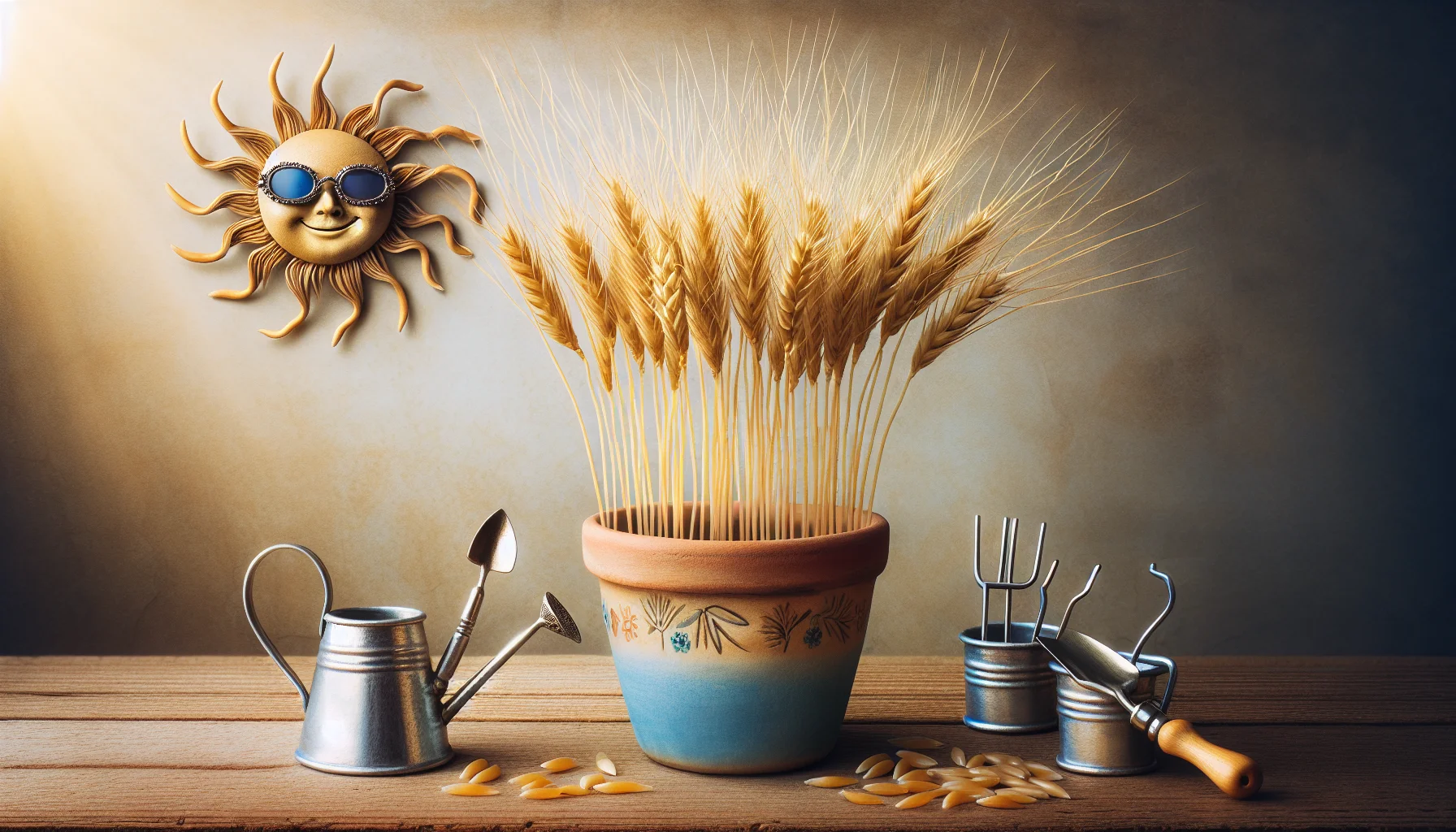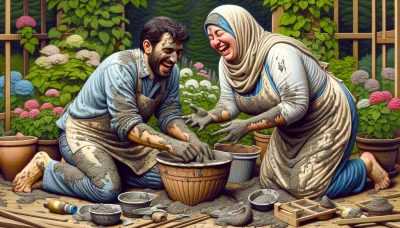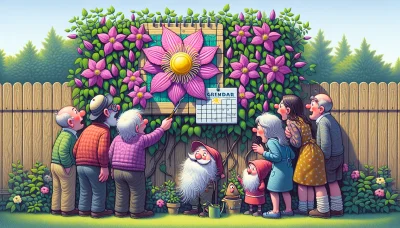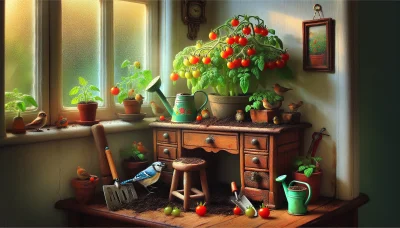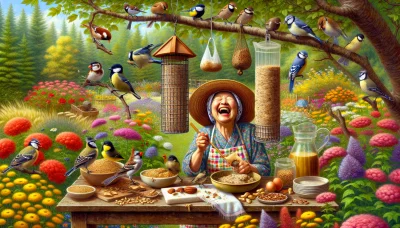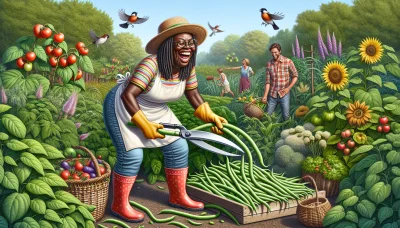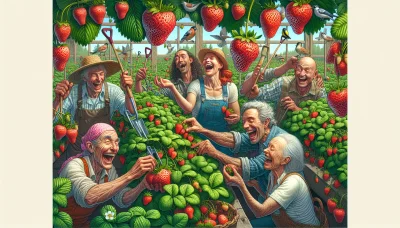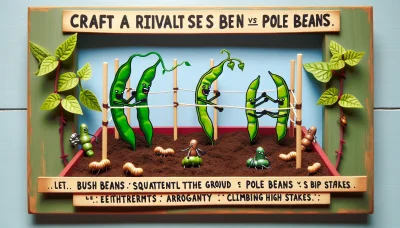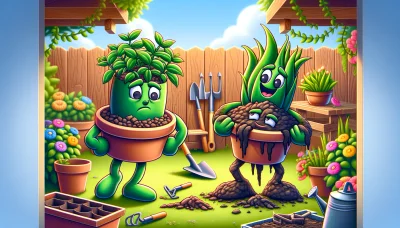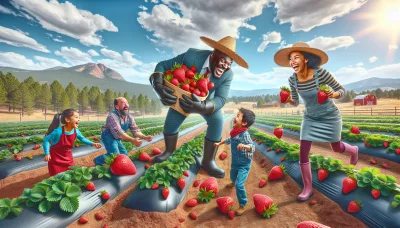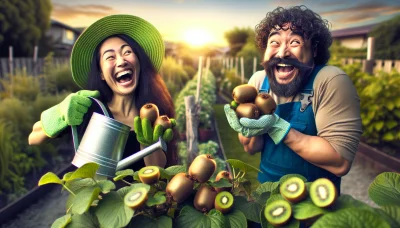Growing straw Quiz
Test Your Knowledge
Question of
The Basics of Growing Straw: An Introduction
Straw plays a pivotal role in gardening, serving multiple purposes that benefit both the garden and the gardener. Its primary use is as a mulch, which helps in retaining soil moisture, suppressing weeds, and adding an insulating layer to protect plants from extreme temperatures. Additionally, straw can be used to improve soil structure when incorporated into the soil, enhancing its fertility and aeration. This versatile material is also used in creating habitats for beneficial insects and as a carbon-rich ingredient in compost piles, contributing to a healthier and more productive garden ecosystem.
Choosing the Right Straw for Your Garden
When it comes to gardening, selecting the right type of straw for mulching or soil amendment is crucial for the health of your plants and the overall success of your garden. Various types of straw, such as wheat, rice, and barley, offer different benefits and are suitable for various gardening applications. Wheat straw is widely available and is excellent for suppressing weeds and adding organic matter to the soil as it decomposes. Rice straw, on the other hand, is softer and breaks down more quickly, making it a good choice for adding nutrients to the soil and improving its structure. Barley straw is often used in ponds to control algae growth but can also be used in gardens to enhance soil health and moisture retention. Each type of straw has its unique properties, and choosing the right one depends on your specific gardening needs and goals.
Step-by-Step Guide to Preparing Your Garden for Straw
- Clear the garden area of weeds and debris to ensure a clean surface for the straw.
- Test the soil pH to ensure it is in the optimal range for the plants you intend to grow. Adjust if necessary.
- Till the soil to a depth of at least 6 inches to aerate and loosen, promoting better root growth and water penetration.
- Add a layer of compost or well-rotted manure to enrich the soil with nutrients. Mix this into the top few inches of soil.
- Water the garden thoroughly to ensure the soil is moist but not waterlogged. This is crucial before adding straw as it helps to maintain soil moisture.
- Apply a layer of straw mulch around plants, leaving a small gap around the base of each plant to prevent rot and pest issues.
- Water the straw lightly after laying it down. This helps to keep it in place and start the process of breaking down, which will further enrich the soil.
- Monitor the garden regularly for moisture levels, especially in the first few weeks, to ensure the straw is not absorbing too much moisture from the soil. Adjust watering as necessary.
How to Apply Straw Mulch in Your Garden
Applying straw mulch in your garden is a straightforward process that can greatly benefit your plants by retaining moisture, regulating soil temperature, and suppressing weeds. To start, ensure your garden beds are weeded and watered. Spread the straw mulch evenly across the soil surface, aiming for a thickness of about 2 to 3 inches. Be careful not to pile the mulch too close to the stems of your plants to avoid rot and pest issues. Instead, leave a small gap around the base of each plant to allow for air circulation. This method will help maintain the optimal soil conditions for your garden's growth and health.
Watering and Maintaining Your Straw-Covered Garden
When it comes to watering and maintaining a garden that incorporates straw mulch, it's crucial to adopt practices that ensure the health of your plants and the optimal moisture of your soil. First, water your garden in the early morning hours to reduce evaporation and allow water to penetrate deeply into the soil. This timing helps in making water available to the roots when plants need it most. When applying water, do so directly at the base of the plants to minimize wetting the foliage, which can lead to fungal diseases. Consider using a soaker hose or drip irrigation system for efficient watering that conserves water and targets plant roots more effectively.
Straw mulch should be applied after the soil has warmed up in the spring to a thickness of about 2 to 3 inches. Be careful not to pile the straw too close to the stems of plants to avoid rot. The straw will help retain soil moisture, suppress weeds, and add organic matter to the soil as it decomposes. Throughout the growing season, check the moisture level under the straw regularly, as the mulch can sometimes mask the soil's true moisture level. Add more straw as needed to maintain the mulch layer and continue to provide these benefits.
Maintaining a straw-covered garden also involves periodically checking for pests and diseases, as the mulch can provide shelter for both beneficial and harmful organisms. By following these practices, you can enjoy a lush, productive garden with healthy plants and well-moisturized soil, all while benefiting from the natural, sustainable advantages of straw mulch.
Common Mistakes to Avoid When Growing with Straw
- Using too much straw, which can smother plants and prevent proper growth.
- Applying too little straw, leading to inadequate soil moisture retention and weed control.
- Choosing the wrong type of straw, such as straw that may contain seeds that can germinate and become weeds in your garden.
- Not replacing straw mulch regularly, which can result in decomposition and nutrient depletion in the soil.
- Failing to water the garden adequately after applying straw, as straw can absorb moisture and divert it from plants.
- Ignoring the potential for straw to attract pests if not properly managed or if used excessively around the base of plants.
The Environmental Benefits of Using Straw in Gardening
Utilizing straw in gardening practices offers numerous environmental advantages that contribute to a more sustainable and eco-friendly approach to cultivation. One of the primary benefits of straw mulch is its ability to significantly reduce water usage. By covering the soil, straw minimizes evaporation, allowing the soil to retain moisture for longer periods. This not only conserves water but also ensures that plants remain hydrated and healthy even during dry spells. Furthermore, straw enhances soil health by breaking down over time and adding organic matter to the soil. This process improves soil structure, increases nutrient availability, and promotes the activity of beneficial microorganisms. Additionally, using straw as a gardening resource helps in recycling agricultural by-products. Instead of being discarded or burned, which can contribute to air pollution, straw is repurposed as mulch or in other gardening applications, closing the loop in agricultural practices. By incorporating straw into gardening, individuals can take a simple yet effective step towards supporting the environment.
